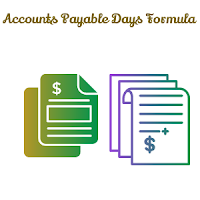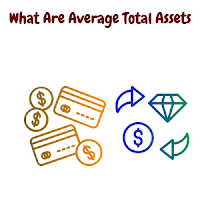What is Purchase Price Allocation In Accounting (PPA) And Components

It is a process of allocating prices of Assets And Liabilities of Acquiree B usiness. It is created by the Acquirer in order to purchase the assets & liabilities of acquiree's compa ny busi ness. This process is required in case of Mergers and Acquisition. Purchase Price Allocatio n is used to find its useful components such as Net I dentifiable Assets which is the differe nce betwee n total values of targeted compa ny's Identifiable Assets except Goodwill mi nus total values of its lia bilities assumed. Purchase Price Allocatio n is used by the acquirer (purchaser) i n order to estimate Goodwill of the acquiree company’s business as the acquirer will purchase the business of acquiree company if Purchase Price is more than the sum of fair market value of I dentifiable Assets, that in clude b oth Tangible Assets And Intangible Assets ...













